Vailulu’u Eel City and Moat of Death
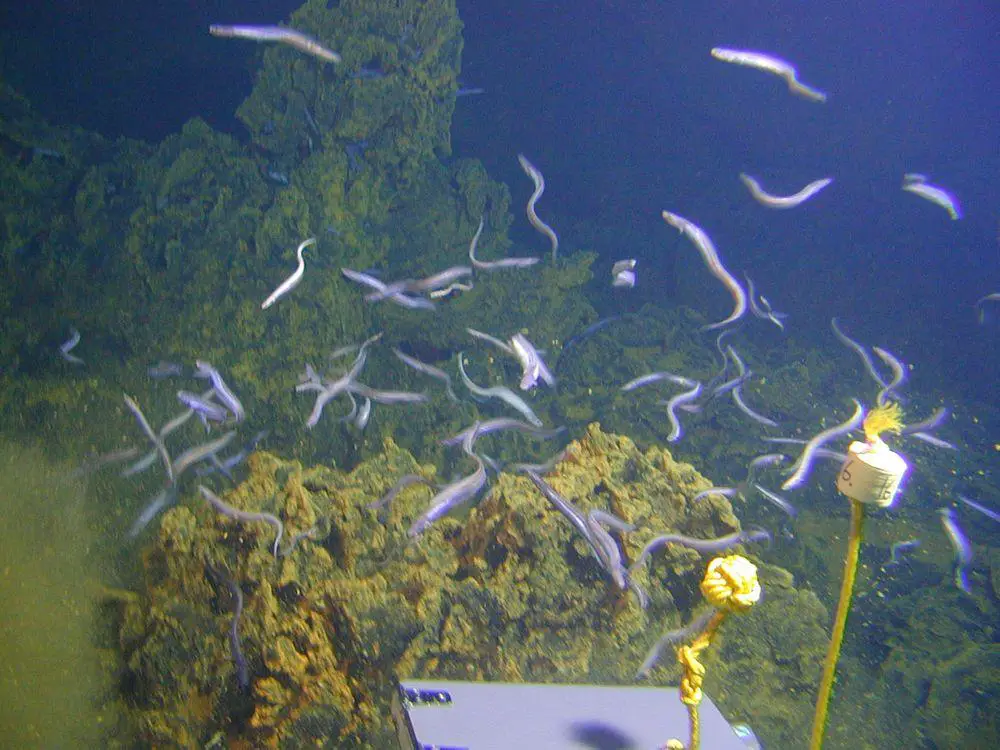
A hydrothermal vent in the summit of an enormous submarine volcano rises 4,200 m from the ocean floor. The Nafanue volcanic cone in the center of the 400 m deep caldera contains a group of hydrothermal vents inhabited by numerous eels (Dysommina rugosa). This is unusual – in general vertebrates do not live near hydrothermal vents.
Dallol hot springs and geysers
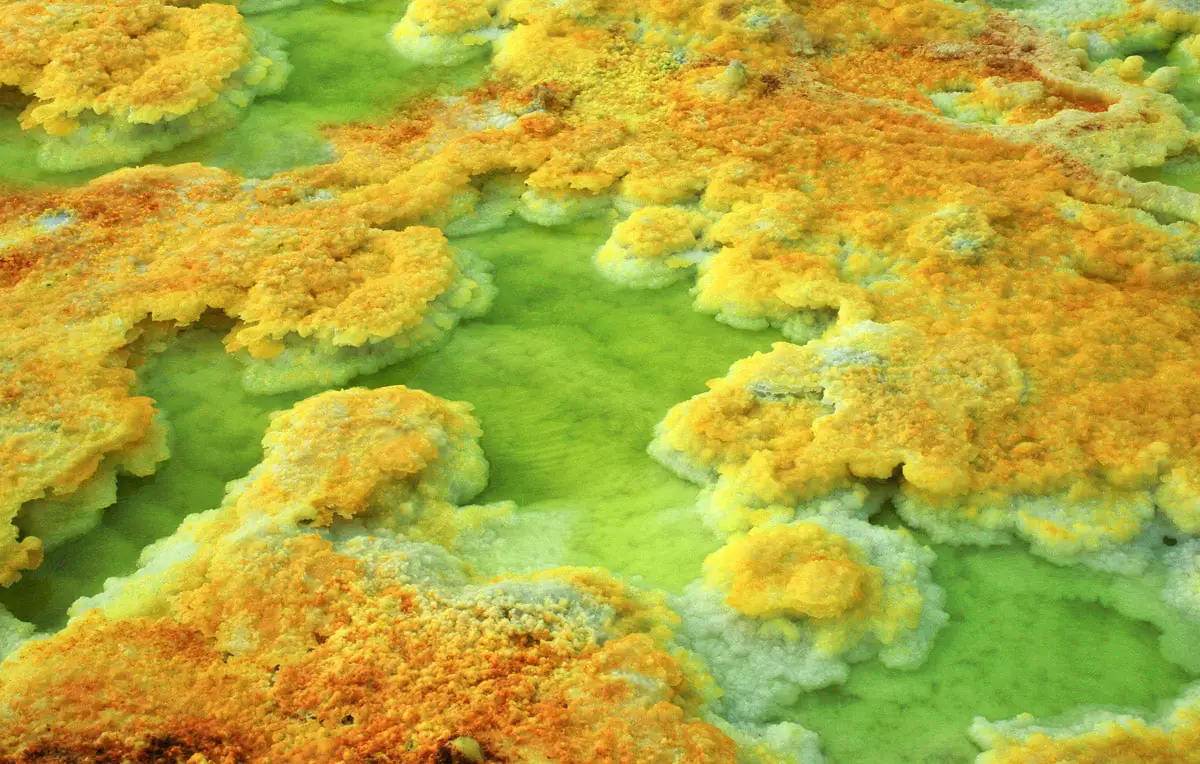
One of the visually most outstanding places on Earth, the hot springs have a high salt concentration that has shaped terraces and other formations of very bright, unusual colors. Among the hot springs, there is also a salt geyser – possibly the only one in the world.
Christmas Island crab forest
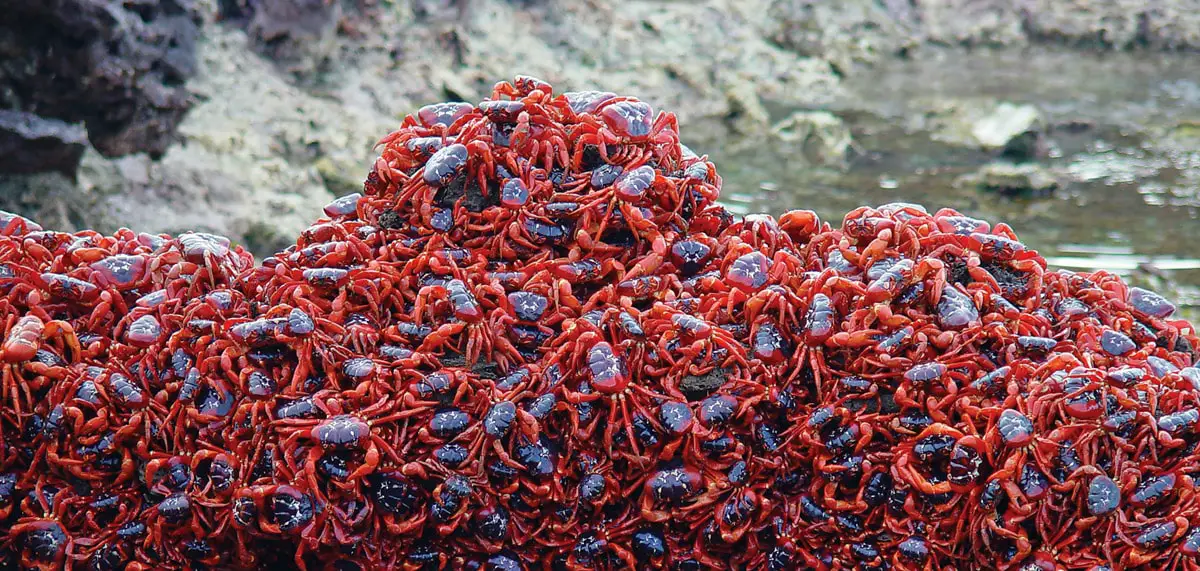
The forest of Christmas Island is unique in the world due to dominant species – some 50 – 100 million red crabs (Gecarcoidea natalis) – clearing the forest floor of leaves and other organic matter. These crabs are endemic to Christmas Island. Once per year they migrate to the sea to lay their eggs, on the way blocking the roads and paths.
Yungay – the driest place in the world
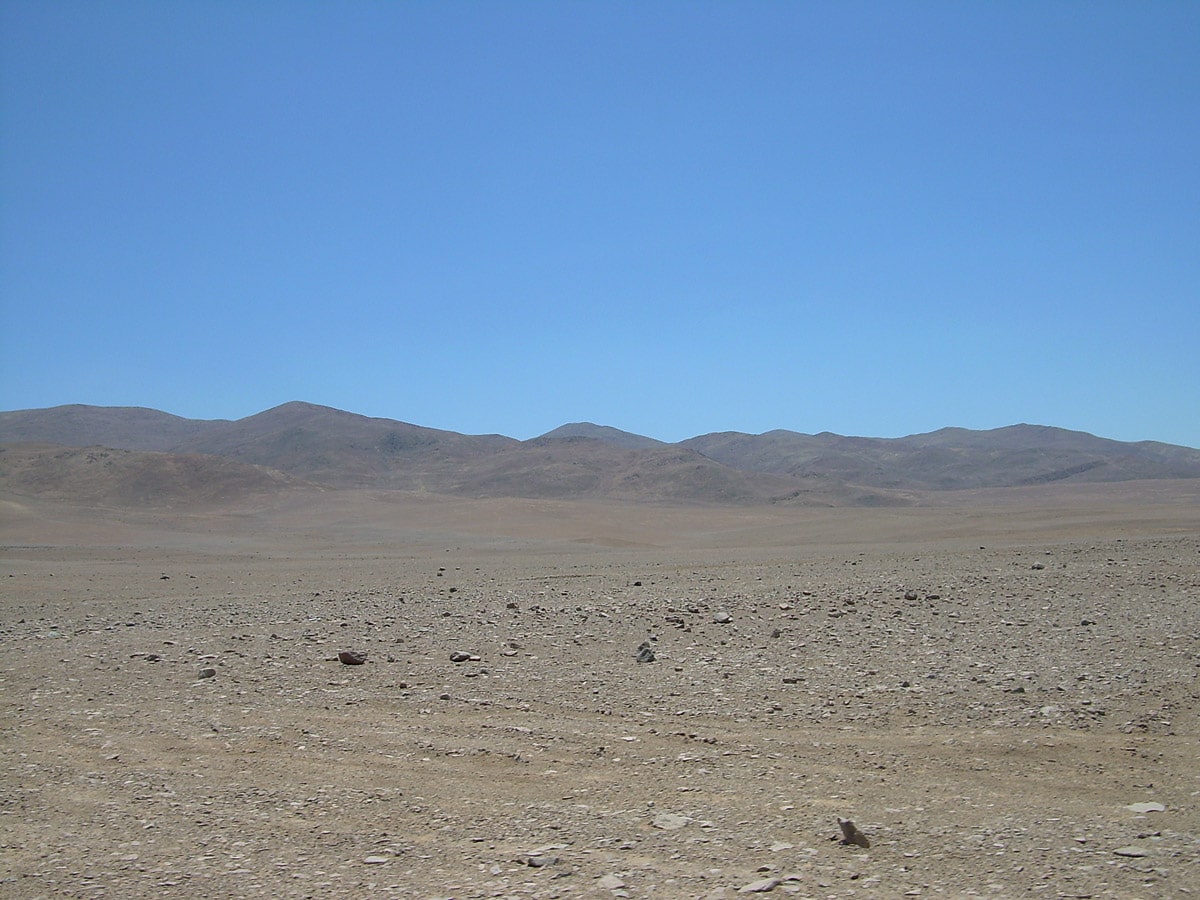
The driest place in the world without any signs of life. Only a few specific microorganisms – extremophiles – are present here. Some areas are rich with nitrates – easily soluble minerals that in other circumstances are consumed by organisms. Here rich nitrate deposits have been formed from atmospheric nitrogen, possibly by lightning.
Morning Glory clouds of Carpentaria Gulf
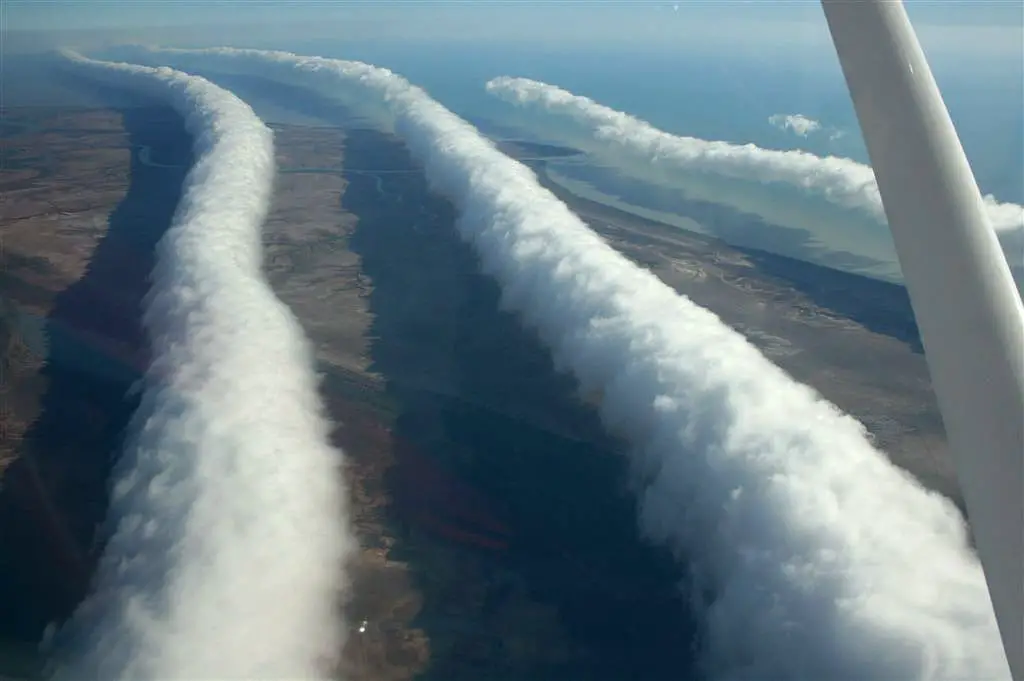
A unique phenomenon, characteristic for the region at the southern part of Carpentaria Gulf. Here in springs early in the morning at special conditions form up to 1000 km long roll clouds, providing unique sight.
Catatumbo Lightning
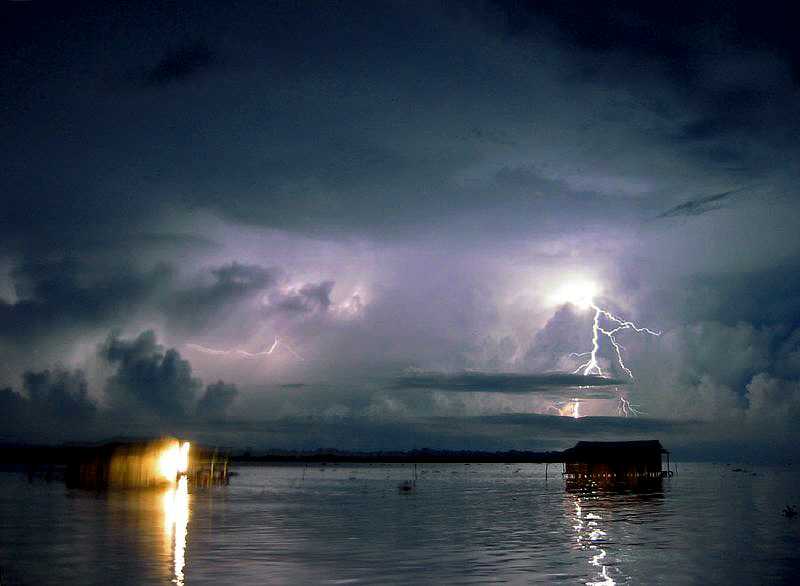
In the marshy delta of Catatumbo River, during 140 – 160 days and nights (10 hours mainly in the afternoons) a year there is almost continuous powerful lightning. This location is the world’s most powerful generator of tropospheric ozone.
Sima Humboldt and Sima Martel
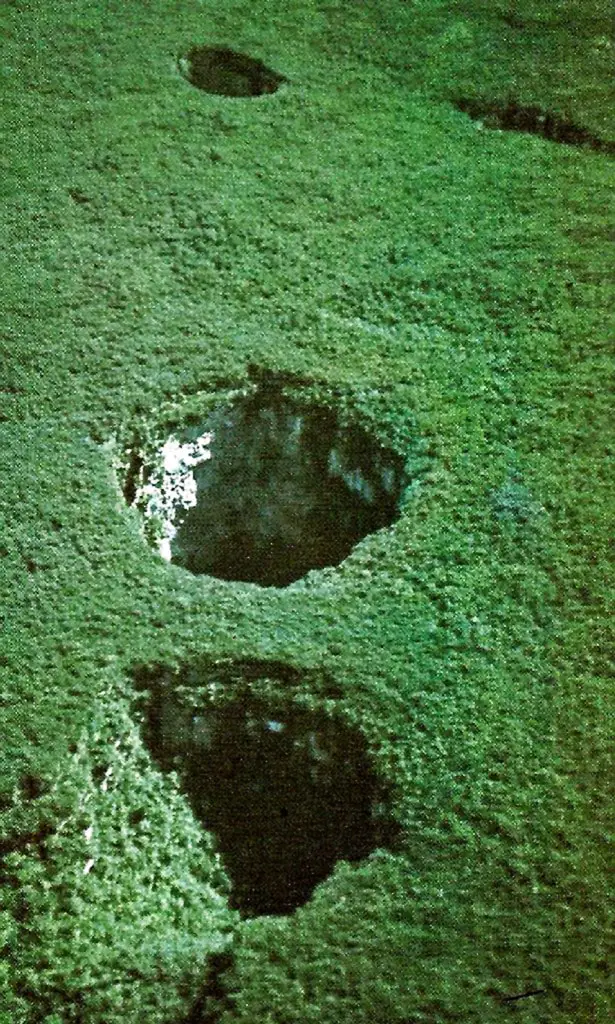
314 and 248 meters deep, ancient quartzite sinkholes located on the top of forested table-top mountains and containing patches of isolated, primeval rainforest on their bottoms.
Black Hole of Andros
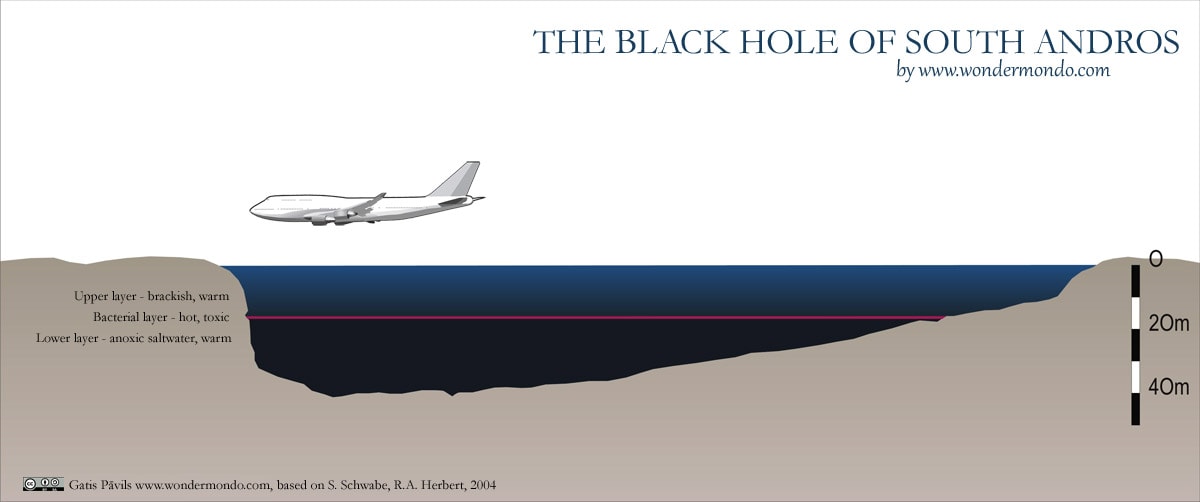
300 m wide and up to 47 m deep round water filled sinkhole with a layer of violet jelly layer of bacteria at 18 meters depth. Microorganisms have heated up the water to 40°C.
Sistema Zacaton
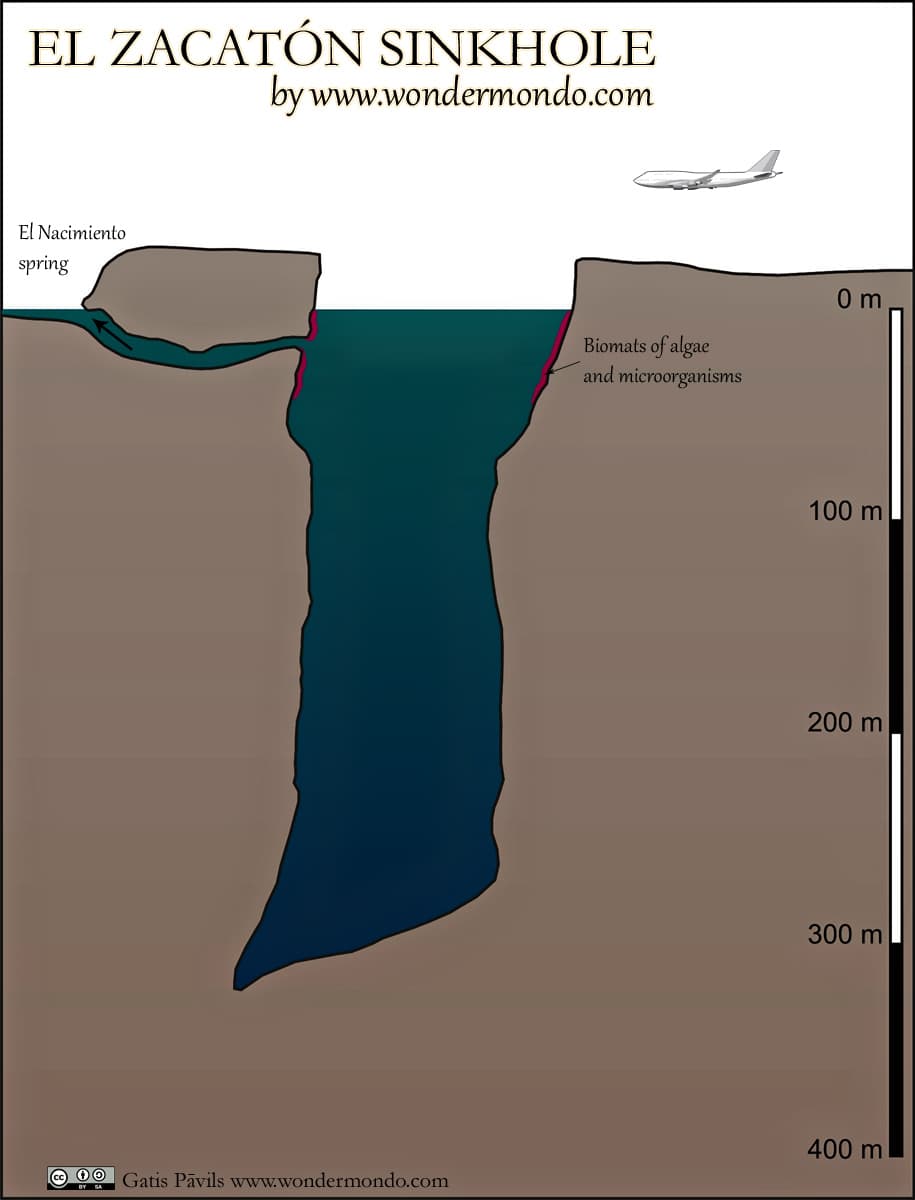
Unique karst field created by thermal acidic waters heated by volcanic heat. Contains the world’s deepest water-filled sinkhole, the 339 meters deep El Zacatón sinkhole with 319 meters deep lake, and floating islands. Poza Seca is one of the unique travertine capped sinkholes of Sistema Zacatón – here the formerly open sinkhole has sealed itself with a limestone lid. Most likely it hides unknown life forms, not investigated.
Jellyfish Lake
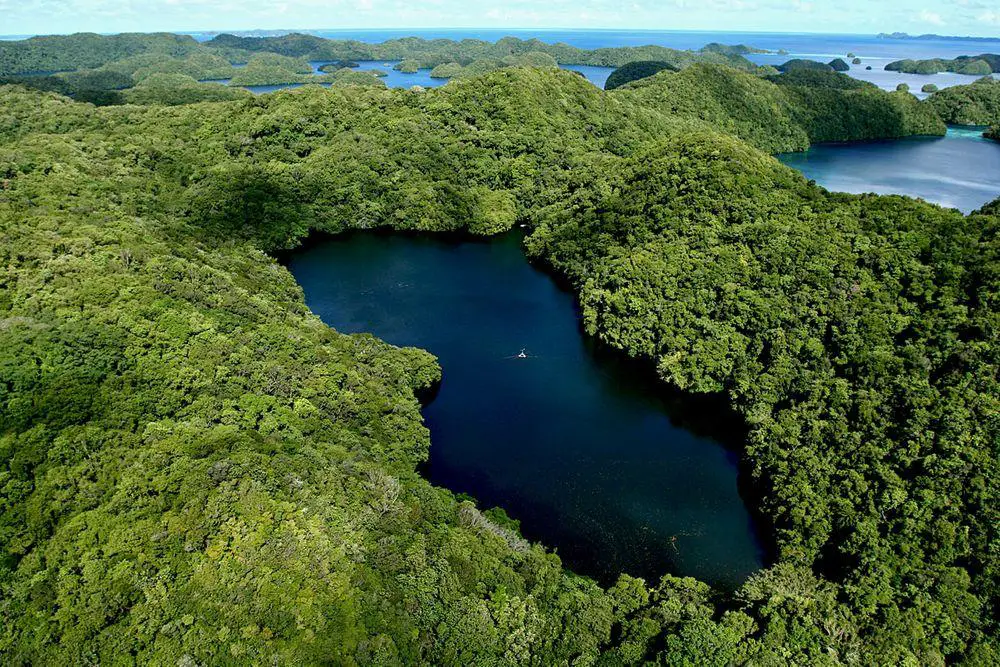
A unique marine lake with an area of 5.0 ha, has an underground connection to the sea. Stratified in two layers that do not mix. Isolated from the sea 12,000 years and contains a distinct population of two species of jellyfish – endemic Mastigias cf. papua etpisoni and most likely endemic Aurelia sp. Millions of these jellyfishes make strict daily migration around the lake. Four more marine lakes with jellyfish on the nearby islands but Jellyfish Lake is the only one open to tourists. The number of jellyfish has reached up to 31 million (January 2005), currently some 5 million.
